In this modern age, cars are now more than just a source of transportation. Maintaining a vehicle’s integrity and customizing the aesthetics of the vehicle has now become a popular trend. Car enthusiasts and daily drivers both are increasingly looking for effective solutions to protect their vehicles. Among the most popular methods for paint protection are Paint Protection Film PPF vs Ceramic Coating. Each solution offers unique benefits, and choosing the right one depends on several factors.
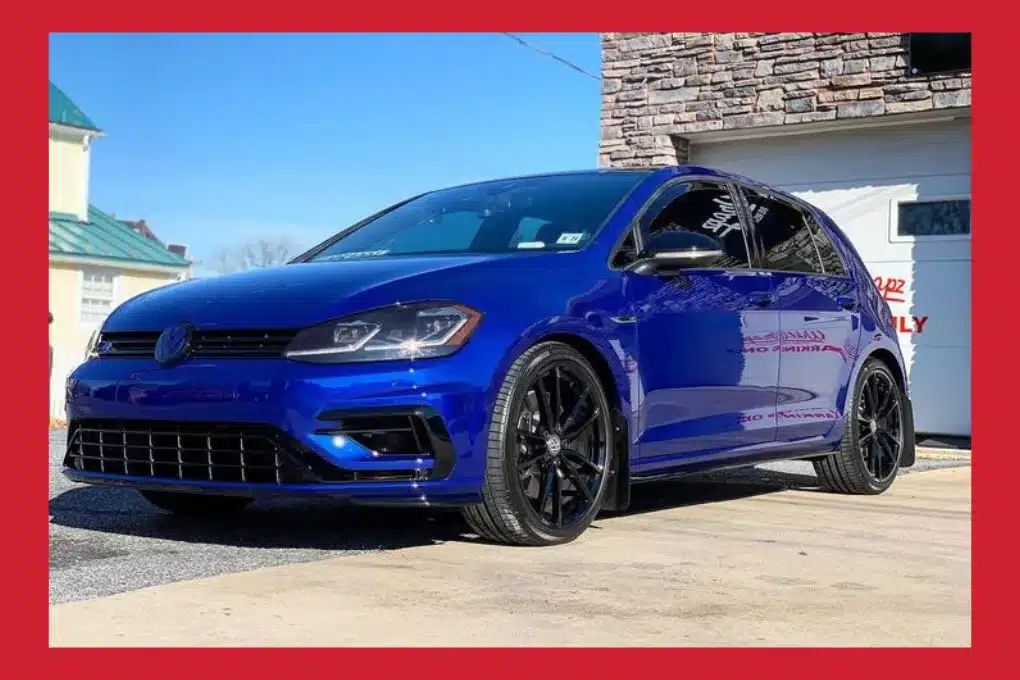
What is the Paint Protection Film (PPF)?
PPF, commonly known as a “clear bra,” is a thermoplastic urethane film applied to the surface of your vehicle’s paint. It was originally developed for military vehicles, and PPF was used to protect helicopter blades and sensitive equipment from damage during combat. Over time, the technology transformed into consumer vehicles, and it is now an important product in the automotive industry, prized for its ability to prevent physical damage to the car’s surface.
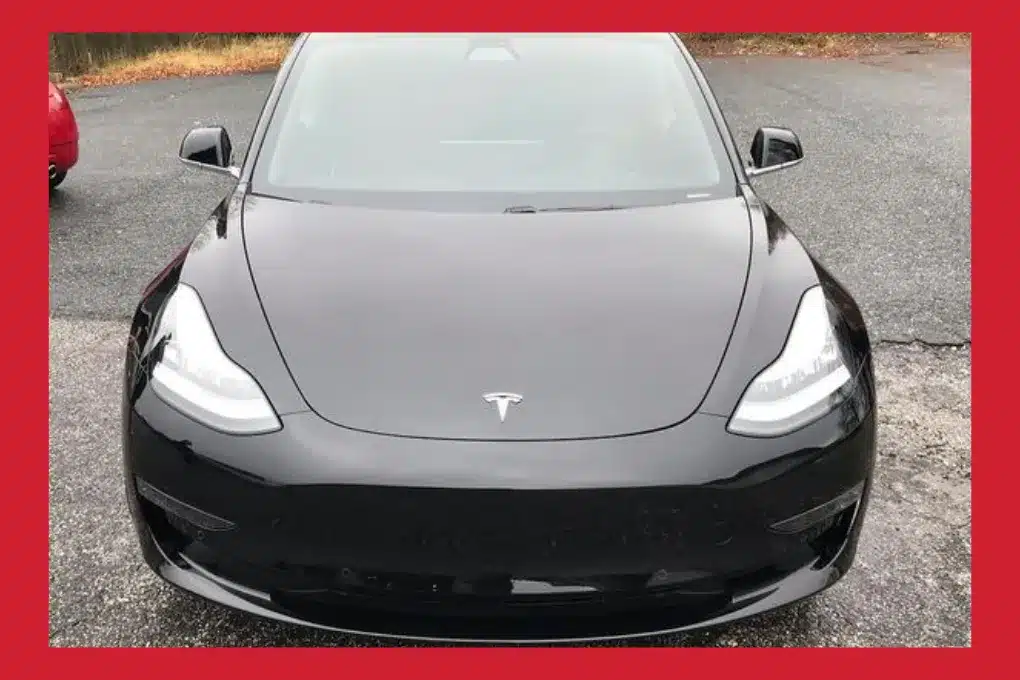
What is Ceramic Coating?
Ceramic coating is a liquid polymer applied to the exterior of the car for water-resistant properties. Once applied, it chemically bonds with the vehicle’s paint, creating a semi-permanent layer of protection. It was first popular in professional automotive. Ceramic coatings are more advanced in both composition and method of application, making them a go-to option for any driver.
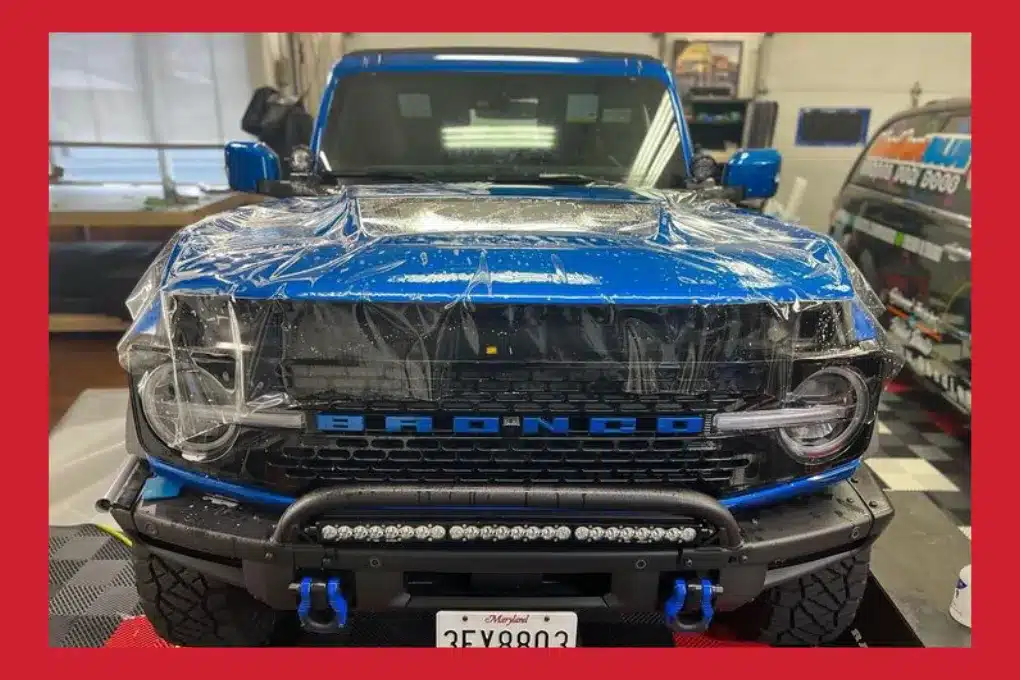
PPF: How It Works
PPF comprises several layers, with the first one being a self-healing layer that can recover from minor scratches and marks when exposed to heat. This dynamic feature not only provides an additional barrier against physical abrasions but also shields the vehicle from other hazards like rock chips, road debris, and even minor impacts.
Ceramic Coating: How It Works
Ceramic coatings contain nanoparticles that bond with the paint surface to form an invisible protective layer. The coating is known for its water-resistant qualities, meaning water has no impact on the car’s surface. The chemical composition of ceramic coatings creates a strong surface that protects the car paint against environmental contaminants, UV damage, and oxidation.

Benefits of PPF over Ceramic Coating:
Comparing Installation Processes:
Installing paint protection film is a complicated process, which requires professional expertise. The film must be custom-cut to match the curves and lines of the car, and any mistakes during installation can cause bubbles or improper coverage.
Ceramic coating also requires precision but is generally less complex in terms of application. However, improper application can cause uneven coverage or reduced durability, which affects the longevity of the coating.
Durability of PPF and Ceramic Coating:
PPF is manufactured to last for years, with many high-quality films boasting lifespans of 5 to 10 years or more, depending on environmental factors and the quality of maintenance it receives. One of its best features is its ability to maintain its clarity and effectiveness despite exposure to tough and harsh elements of daily driving.
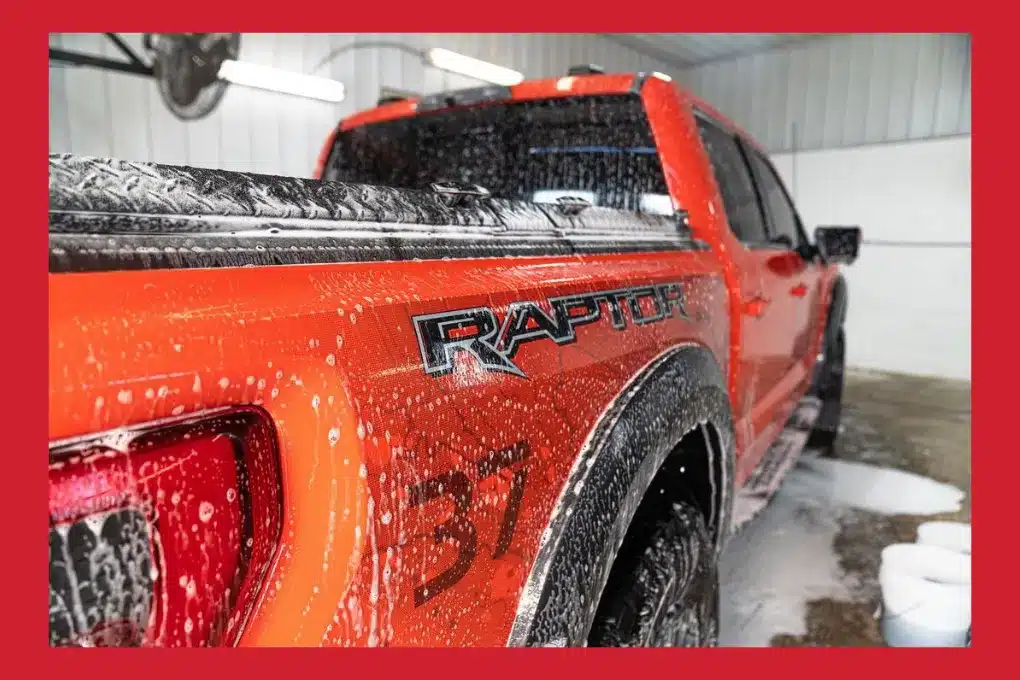
Ceramic coating is also very durable, but it only lasts between two to five years. Their lifespan can also be increased with proper care, but over time, the coating may begin to lose its water-resistant properties and overall effectiveness. Weather conditions, UV exposure, and how the vehicle is maintained all play a role in determining its longevity.
Scratch Resistance: PPF vs Ceramic Coating:
One of the most prominent benefits of PPF is its remarkable scratch resistance. The film adds a protective layer and can easily absorb minor abrasions and, in many cases, heal itself when exposed to the heat of the sun or a heat gun.
Ceramic coatings offer some scratch resistance, particularly against minor marks, but they are not designed to absorb impact in the same way as PPF.
Protection Against UV Damage:
PPF and ceramic coating both offer protection from the sun’s harmful UV rays, which can cause paint to fade and oxidize over time. PPF blocks UV rays by forming a physical barrier, while ceramic coatings reflect them, reducing the impact of sun damage. Both solutions can preserve the car’s paint for long periods effectively.
Protection from Environmental Contaminants:
PPF provides a strong defense against rock chips dirt and debris, contaminants, and chemical damage, ensuring that these particles do not make contact with the vehicle’s paint.
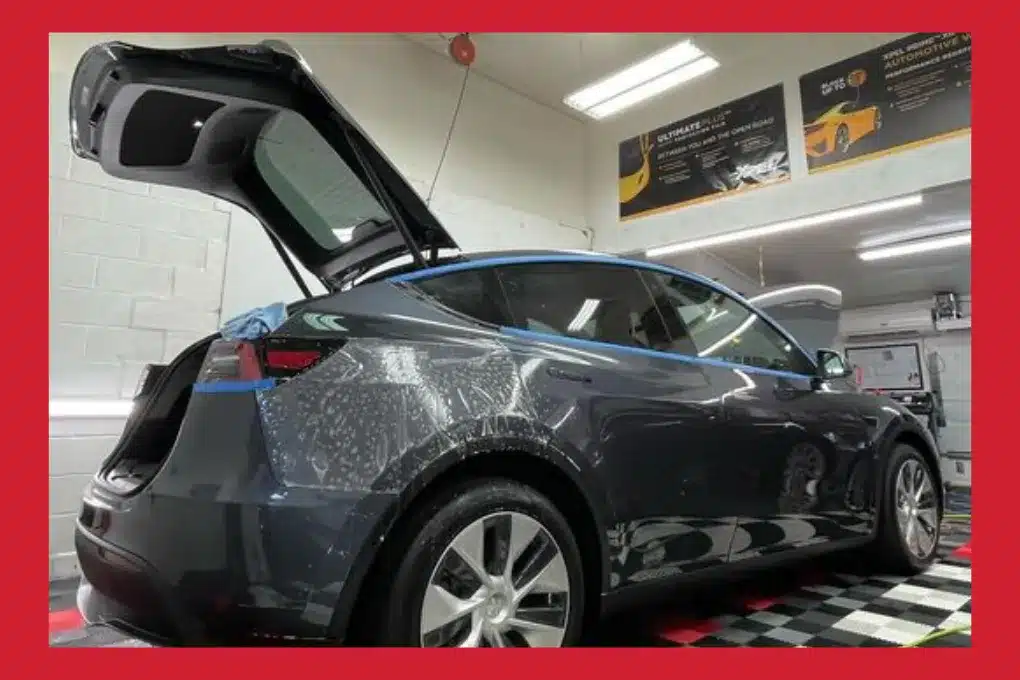
Ceramic coatings, while they do not prevent physical impacts, create a slick surface that repels contaminants like bird droppings, tree sap, and industrial fallout, making them easier to wash away and giving the car its original look after every wash.
Maintenance Requirements:
While PPF requires little maintenance beyond regular washing, it is susceptible to discoloration and may need replacement after a certain period.
Ceramic coatings reduce the need for frequent washes and are easier to clean due to their dirt-repelling properties, but they do require routine upkeep to maintain their hydrophobic effect and gloss.
Aesthetic Impact: PPF vs Ceramic Coating
PPF is virtually invisible when installed correctly, maintaining the factory appearance of your vehicle while adding a layer of protection.
Ceramic coatings, however, provide a deep, glossy shine that enhances the paint’s luster and can give your vehicle a showroom finish.
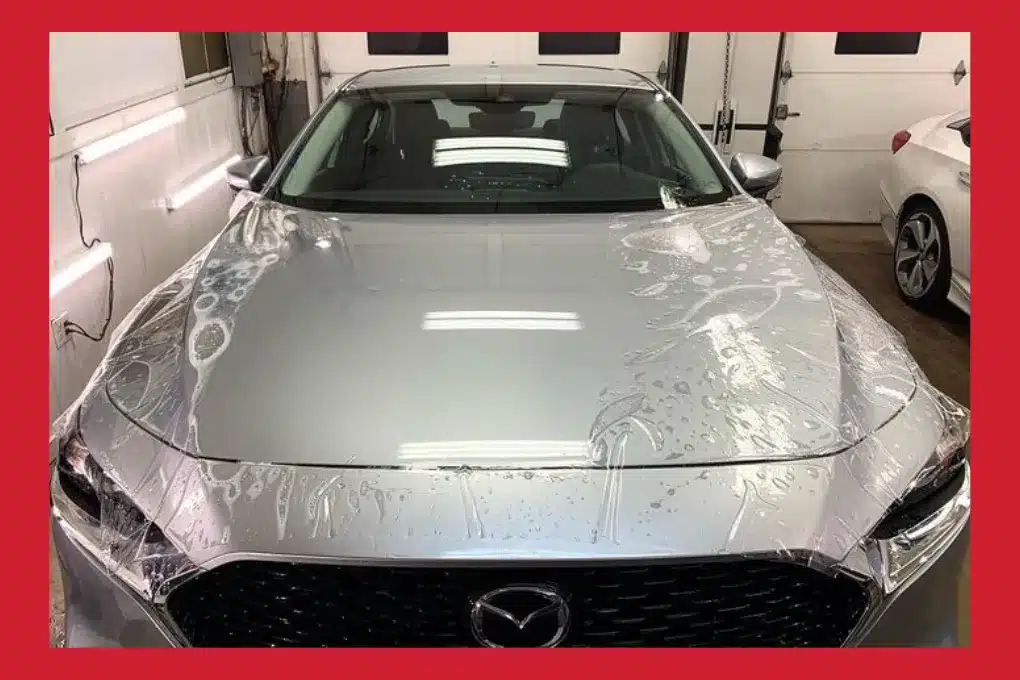
Flexibility and Customization Options:
PPF can be custom cut to protect specific parts of the car that are most exposed to damage, such as the front bumper, side mirrors, or door edges.
Ceramic coatings, while excellent for full-body protection, do not offer the same level of customization for different parts of the vehicle.
Water and Stain Resistance:
PPF can resist water to a limited extent, but it does not offer the same level of water repellency as ceramic coatings.
The hydrophobic properties of ceramic coatings make them ideal for preventing water spots and stains, as liquids simply roll off the surface.
Ease of removal:
PPF can be removed easily by professionals, leaving the paint beneath intact and undamaged.
Ceramic coatings, while not permanent, are much harder to remove and often require polishing or even sanding to strip away fully.
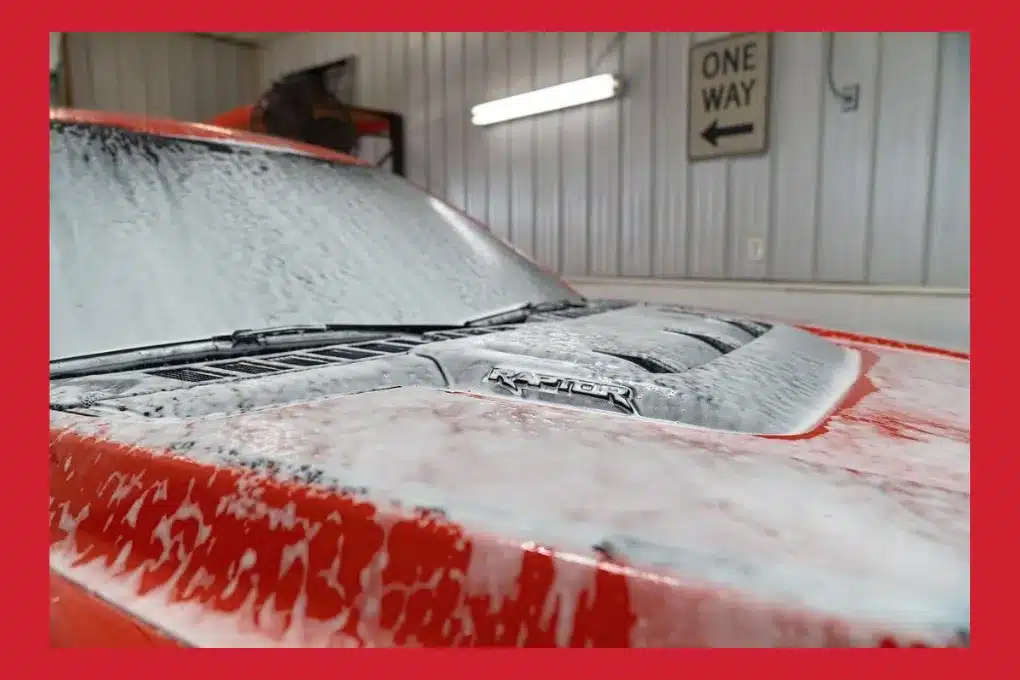
Resale Value Considerations:
Applying PPF or ceramic coating can positively impact the resale value of your vehicle. PPF, due to its protective nature, helps maintain the car’s original paint job, which is a key factor in the vehicle’s increased resale value.
Ceramic coatings offer aesthetic and protective benefits, and can also increase resale value, particularly for expensive or luxury vehicles.
Long-Term Performance:
Both PPF and ceramic coating provide long-term benefits for car owners. PPF’s ability to absorb physical impacts makes it perfect for drivers in environments where road hazards are common. Ceramic coatings, with their low maintenance and advanced water-resistant properties, are best in rainy and dry environments.
Cost Comparison: PPF vs Ceramic Coating
PPF is generally more expensive than a ceramic coating, with full-body installations sometimes running into thousands of dollars. This is due to the material costs and the labor-intensive installation process. Ceramic coatings, while still an investment, tend to be more affordable by comparison, though premium coatings can still be costly depending on the product and application. More collection on Facebook.
